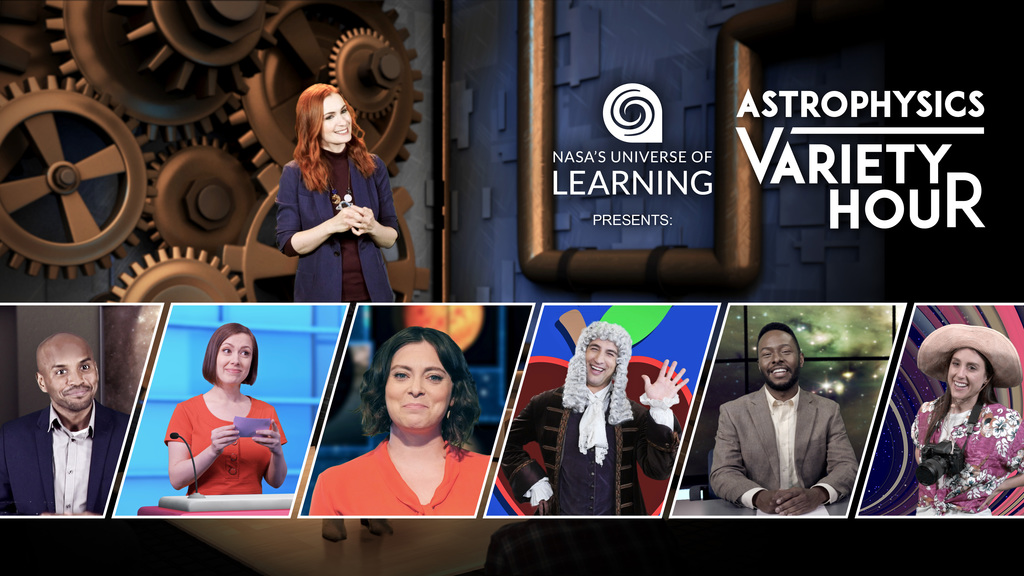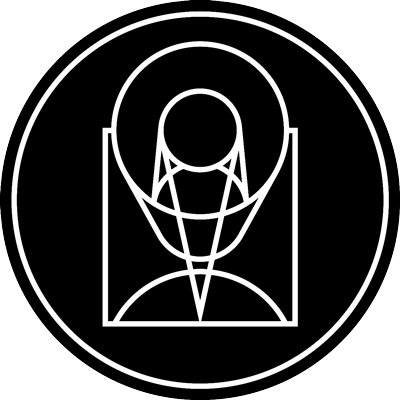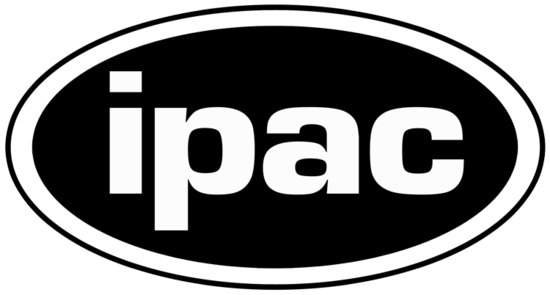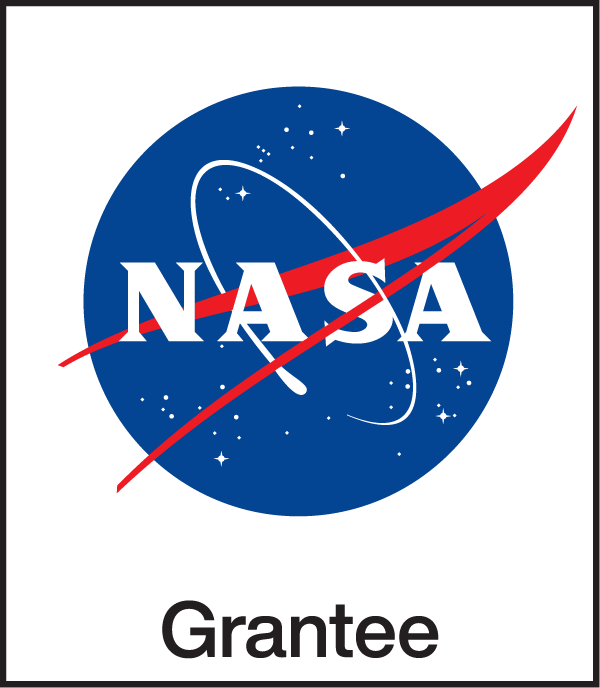
Laugh and Learn about the Science of Exoplanets in the Fun-Filled "Astrophysics Variety Hour"
News
•
March 29th, 2022
A new video explains the science of exoplanets in an approachable way with a talented and "star-studded" cast.
How exactly do scientists ever find exoplanets—planets beyond our solar system—and can we ever hope to know anything about these far-flung alien worlds? Those questions and more are amusingly and informatively answered in the Astrophysics Variety Hour, a new video released this week hosted by the actor Felicia Day and featuring celebrities including singer-songwriter Rachel Bloom and actor Wil Wheaton. In a series of segments that combines live acting with animation and music—including Bloom performing an original exoplanet-themed song—the Astrophysics Variety Hour explains in an accessible way how astronomers use the process of science to discover and analyze new worlds.
As viewers are taken on a channel-surfing journey through the universe in the Astrophysics Variety Hour, they learn real astronomy while meeting fictional "space bees," the ghost of the famed physicist Isaac Newton, and are treated to many other audiovisual delights.
"The Astrophysics Variety Hour is a fantastic, educational romp," said Day, who in addition to acting is a writer, and web series creator. "Some of what astronomers do is so esoteric it's hard to grasp that they are all adventurers at heart. The way they discover things is mind-blowing, and being able to understand more about what they do is inspiring. I learned a lot myself by just hosting!"
The Astrophysics Variety Hour was produced by NASA's Universe of Learning, a program that inspires and enables science learning by partnering scientists, educators, and experts in communication arts to create products and experiences based on NASA’s scientific discoveries. The video content was independently peer-reviewed by additional scientists and educators.
Exoplanets, Exoplanets, Exoplanets
Scientists hit a major milestone last week with NASA's announcement of the discovery of a new batch of exoplanets that has pushed the grand total known past 5,000. It's the latest in a remarkable haul that dates back to the groundbreaking finding of the first alien world around a Sunlike star 27 years ago, and the first exoplanet ever discovered 30 years ago orbiting a dead star known as a pulsar.
The Astrophysics Variety Hour's segments introduce viewers to the main techniques scientists rely on to discover and study these oodles of exoplanets. For instance, viewers learn all about the transit method, which involves staring at stars with sensitive telescopes that can detect the slightest dimming of light caused by exoplanets as they cross the faces of their stars. The lion's share of the 5000-plus alien worlds found so far have been revealed through this approach, along with key details like planets' sizes and distances from their host stars, as the Astrophysics Variety Hour explains.
That information, in turn, helps scientists infer the likely climates and conditions on exoplanets. One of the Astrophysics Variety Hour's segments conveys this concept by imaginatively presenting a commercial for exoplanet tourism. The segment sends a camera-toting, wisecracking tourist to places like 55 Cancri e, a searing lava-covered world, and TRAPPIST-1d, a potentially habitable exoplanet that might be completely covered by ocean.
"Our goal was to explore the science in a way that is approachable and engaging," said Tim Pyle, a multimedia producer at Caltech / IPAC, a member of NASA's Universe of Learning collaboration. Pyle was the lead creator and co-director for the Astrophysics Variety Hour.
"I firmly believe that the best way to share knowledge is by wrapping it in humor—that's what I've done my whole career! So it was a dream job to work on this project, making exoplanet science fun and funny," said Whitney Avalon, an actor, writer, and producer. Avalon brought her talents to the Astrophysics Variety Hour both as a performer and co-director.
How Do We Know?
Alongside its exoplanetary antics, the Astrophysics Variety Hour follows through on a goal of helping viewers understand the process of science itself, which is critical to understanding how scientists themselves can determine how the universe works with confidence. Host Felicia Day explains in a segment that through the process of observing, testing, and verifying, all people—and not just professional scientists—can critically assess information and make a statement based on evidence.
"Empowering people about science is incredibly important right now," said Day. "Making science accessible means giving people confidence that they will benefit from embracing scientific thinking. We all use science every day—let's call it out more!"
Created as an informal educational resource for lifelong learners, the Astrophysics Variety Hour is available as a continuous, approximately 35-minute video or as 14 individual, standalone video segments running from under a minute to about five minutes in length.
Other celebrities appearing in the Astrophysics Variety Hour include Andre Boyer, Lauren Lopez, Burl Moseley, Alyssa Preston, Joey Richter and Clayton Snyder.
Want more?
Along with the Astrophysics Variety Hour video, a number of NASA’s Universe of Learning and informational products are available on the Universe Unplugged website: https://universeunplugged.org/video/astrophysics-variety-hour.
These include: Exoplanet Travel Bureau, Eyes on Exoplanets, AstroPix Exoplanet Images, ViewSpace Interactive Detecting Other Worlds, DIY Planet Search and WebbTelescope.org Exoplanets.
“Space and dinosaurs have been the gateways into a love of science for so many people as kids. Astrophysics Variety Hour continues this tradition by providing a hook into astronomy for many adults who wouldn’t otherwise think to explore just how amazing our universe is. We hope viewers are left with some questions and the inspiration to continue their pathway into science learning,” said Tim Rhue, Informal Education Specialist with the Space Telescope Science Institute and NASA’s Universe of Learning.
About NASA’s Universe of Learning:
NASA's Universe of Learning is part of the NASA Science Activation program. The Science Activation program connects NASA science experts, real content and experiences, and community leaders in a way that activates minds and promotes deeper understanding of our world and beyond. Using its direct connection to the science and the experts behind the science, NASA's Universe of Learning provides resources and experiences that enable youth, families, and lifelong learners to explore fundamental questions in science, experience how science is done, and discover the universe for themselves.
NASA's Universe of Learning materials are based upon work supported by NASA under cooperative agreement award number NNX16AC65A to the Space Telescope Science Institute, working in partnership with Caltech/IPAC, Center for Astrophysics | Harvard & Smithsonian, and Jet Propulsion Laboratory.
For more information about NASA’s Universe of Learning, see: https://universe-of-learning.org/
For more information about the NASA Science Activation program, see: https://science.nasa.gov/learners
Variety Hour video and related materials:
https://universeunplugged.org/video/astrophysics-variety-hour






